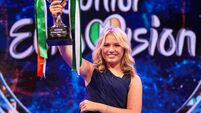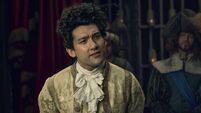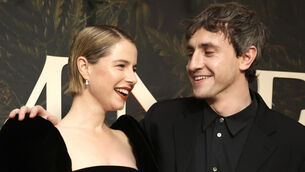Wild Isles: The inside story of the Killarney scenes in David Attenborough's show

David Attenborough presents 'Wild Isles' on BBC television - including a look at Killarney's red deer
It’s a violent scene that has been played out in Co Kerry for thousands of years. Two red deer stags battle in the hope of taking over a harem of females. Their magnificent antlers clash and entangle, coming perilously close to gouging an eye or ripping their rival’s flank.
As our largest land mammal, the red deer rut is one of the great spectacles of Ireland’s natural world. It also provides a flagship scene for episode three of Wild Isles, the David Attenborough-narrated series currently showing on BBC.




